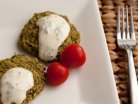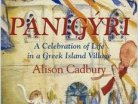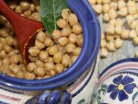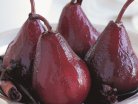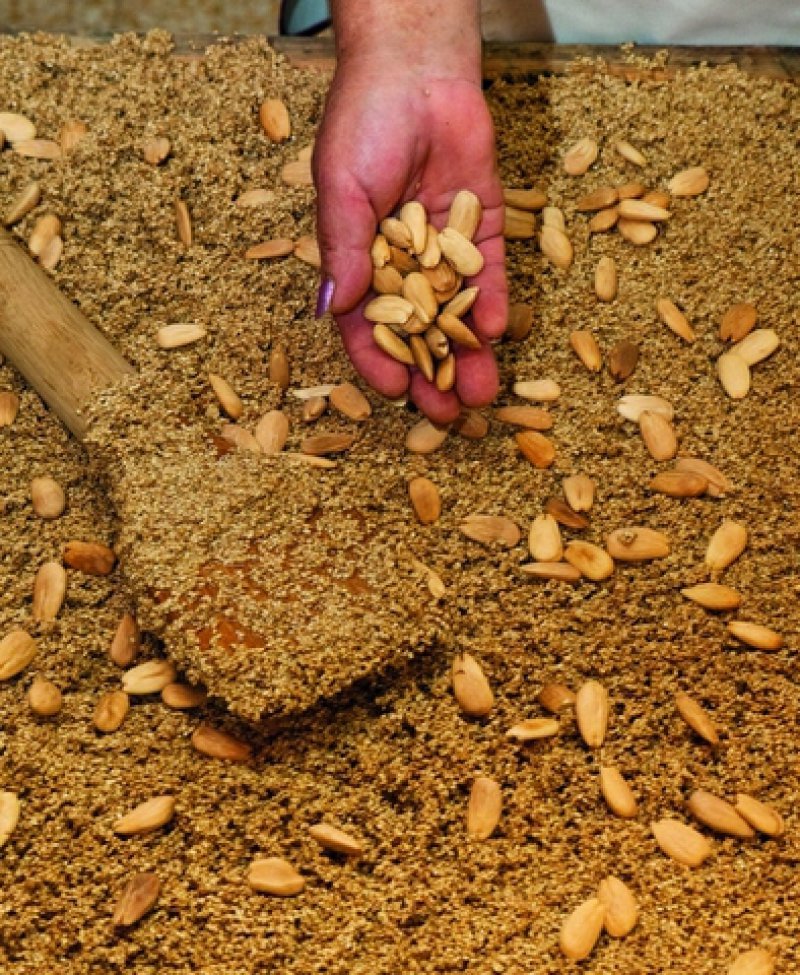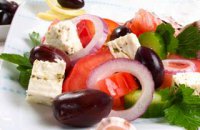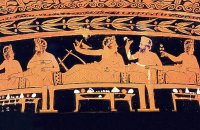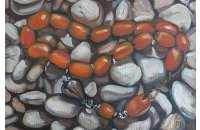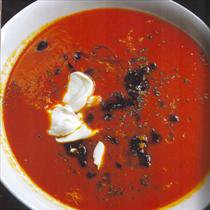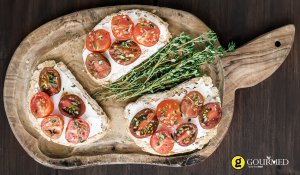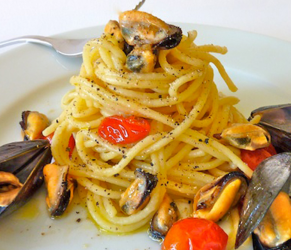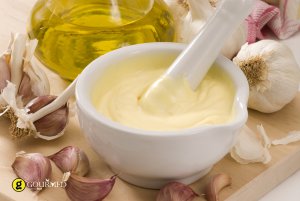Pasteli, sesame honey, melekouni
For the Ancient Greeks and the Byzantines, today’s pasteli was known as "sesamus" or "sesamites." This sweet is mentioned by Athenaeus as being a sweet "from honey and sesame." However, the words "pastellos," "pastillos," or "pastelli," that appear occassionally in Byzantine texts, are not related to the pasteli with which we are familiar. Instead, it is a name for must jelly. "Sesamus," as the Ancients and the Byzantines called it, was the honey-sesame sweet offered to a bride following the wedding ceremony, given that honey and sesame were symbols of fertility.
Many centuries later, as noted by Adamantios Korais, "sesamus" became the Turkish "susam-halvas." From Kythnos to Andros, and from Sinope in Pontus to Cyprus, pasteli – apart from its two main ingredients, that is, honey and sesame – usually also contains almonds or walnuts. Still today, interestingly, it is served on a number of islands on the leaves of the bitter orange tree, a custom dating back to Byzantine times.
These days, pasteli is known as "melekouni" on Rhodes, whereas on Karpathos and in other areas it is called "sesamomeli" (i.e., sesame-honey), and is prepared on all festive occasions. Nevertheless, it still retains its special place at weddings, just as it did centuries ago. On Rhodes, it’s mainly used to accompany the wedding invitations. Even within this new day and age, it is still served in woven baskets on the day the bride-to-be prepares the bridal bed, as well as on the day of the ceremony, following the nuptuals. The same custom is observed on Siphnos where it is offered along with the bonbonieri.
Related recipes: Pasteli from Andros
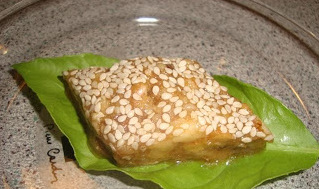
Nougat
The people of Cephallonia are very proud of two things: their serenades and their nougat. When we were children, we would moisten the nougat grandmother had brought us from the island and use it to paint our lips. We were overwhelmingly excited by our red "lipstick." Of course, as we got older, we progressed to proper cosmetics, but the memory that remains to this day is the red sweetness of that nougat.
A product made exclusively by traditional workshops, nougat is still prepared with great enthusiasm, as the secrets of its success are handed down from one generation to the next. The quality of the almonds used, the right amount of sugar required to stick to them, the temperature of the vats and, finally, the plant colouring added to the almonds – normally derived from certain types of seaweed that have undergone special processing – are rules that are observed religiously. The bright red mixture and the divine aroma that it produces draw many to the island’s traditional workshops. As it’s not possible to make nougat at home, we’ll content ourselves with preparing caramelised almonds.
Related recipes: Caramelised almonds
Greek Street Food Traditional Sweets
Greek Street Food Traditional Sweets are traditionally found commercially but can be homemade prepared.
Country:

